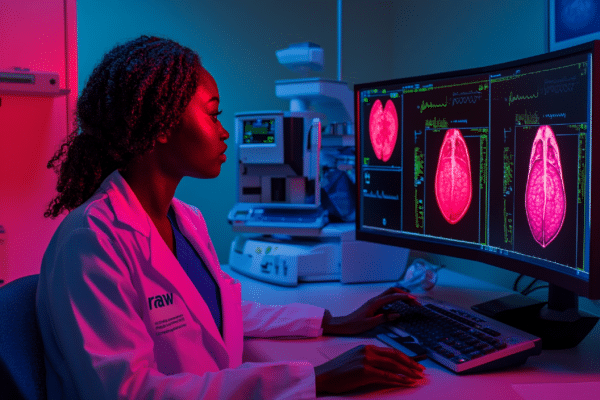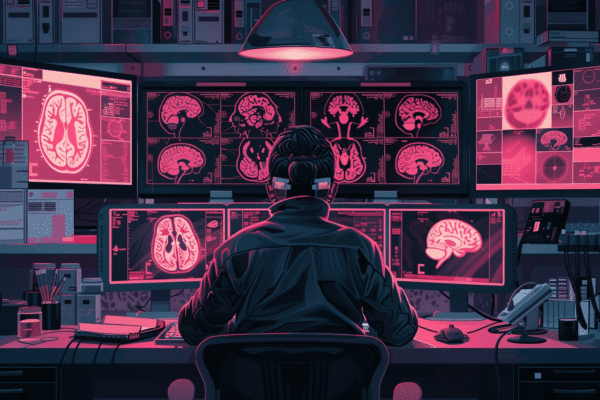The objective of this tool is to help doctors make more precise decisions about conducting genetic studies on patients with a family history of cancer. Genetic studies can identify individuals at higher risk of developing the disease, enabling the implementation of personalized early detection and prevention measures. The AI tool will analyze a large amount of data, including family cancer history, age at diagnosis, tumor types, and other relevant clinical data. This information will allow the tool to identify patterns that could indicate a higher risk of cancer in an individual.
10,000 Family Trees to Identify Cancer Risk
The Ramón y Cajal Hospital and the Sener Foundation are analyzing 10,000 family trees and individual clinical data to develop an AI tool that identifies cancer risk in individuals with a genetic predisposition. The tool is expected to be available in the coming years and could represent a significant advancement in early detection and treatment of the disease. The tool is expected to be available in the coming years.
The new AI tool has the potential to significantly improve early detection and treatment of cancer. Additionally, it can help reduce anxiety and stress in patients and their families by providing more accurate information about their risk of developing the disease.
Dr. Carmen Guillén Ponce, Head of the Medical Oncology Section and responsible for the Family Cancer Unit at the Ramón y Cajal University Hospital, emphasized that "artificial intelligence provides data analysis tools that can facilitate the decision-making process in clinical practice."
For his part, Daniel Martínez, project manager at Sener, stated that "being able to analyze all family and clinical data together and thanks to the application of AI techniques will allow us to obtain an analytical tool of great utility for clinicians."






